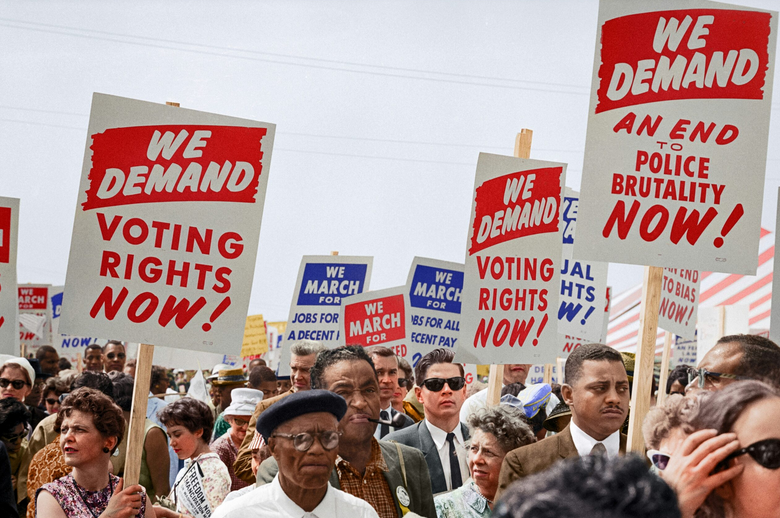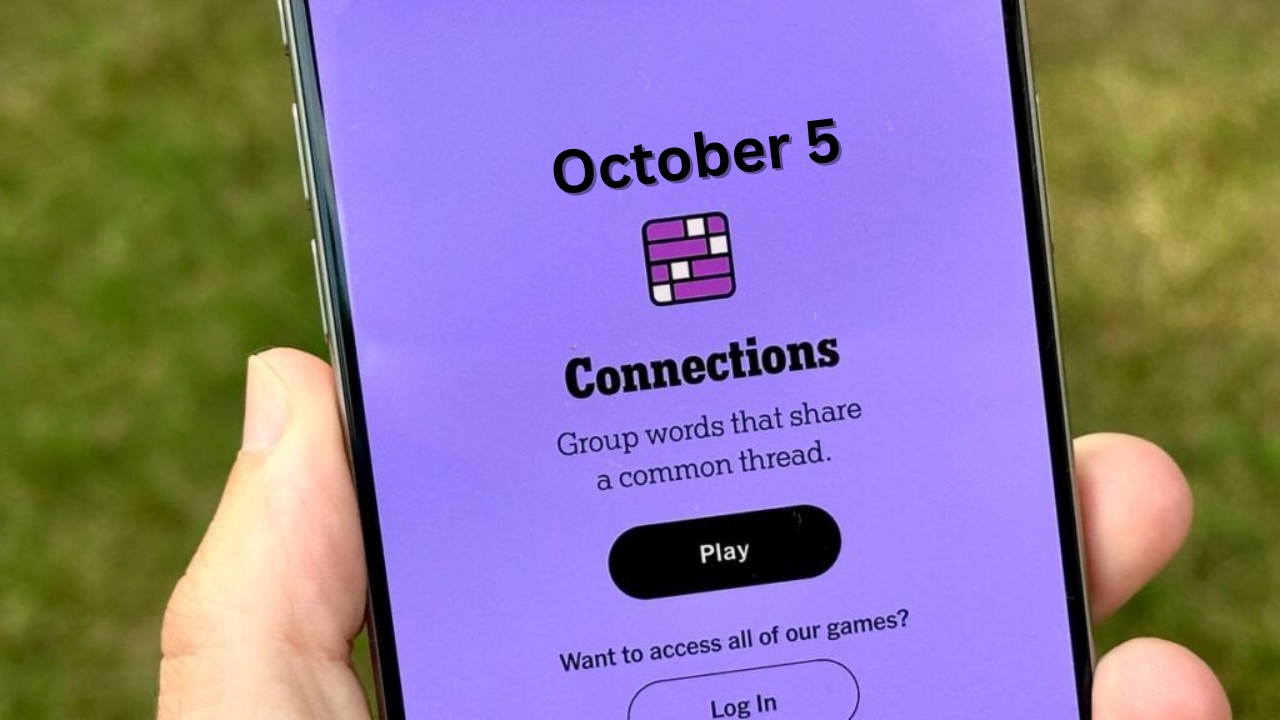Photo: Rijks Museum Press
Rijksmuseum, the Netherlands’ national museum of art and history, has announced its Slavery exhibition will go on display at United Nations (UN) headquarters in New York. Originally conceived and mounted in Amsterdam in 2021, an adapted version of the exhibition will open to the public in the Visitors’ Lobby of the UN headquarters from 27 February to 30 March 2023.
Recognising the continuing impact of slavery on world history is of great importance. We are very grateful to the United Nations for drawing attention to this important subject through the exhibition. – Taco Dibbits, General Director of the Rijksmuseum
The Rijksmuseum is mounting the exhibition in New York under the title Slavery. Ten True Stories of Dutch Colonial Slavery. It is hosted by the United Nations as part of the United Nations Outreach Programme on the Transatlantic Slave Trade and Slavery. The exhibition is made possible in part by the Permanent Mission of the Kingdom of the Netherlands to the UN and the Dutch diplomatic mission in the United States.
The exhibition will include a talks programme on 29 and 30 March with speakers from the USA, the Caribbean and Europe, coming together to reflect on and discuss the relationship between museums, colonial history, societies and the future.
The exhibition will also be made available in adapted form for display until 31 December 2024 at other UN offices worldwide.
Ten true stories
In Slavery. Ten True Stories of Dutch Colonial Slavery, the Rijksmuseum focuses on slavery in the Dutch colonial era, from the 17th to the 19th century – in Brazil, Suriname and the Caribbean, as well as in South Africa, Asia and in the Netherlands itself. It presents ten true personal stories of people who were enslaved, people who profited from the system of slavery, and people who raised their voices against it.
Tronco
In New York, the ten stories integral to the original Slavery exhibition will be presented around one single object: wooden foot stocks known as a ‘tronco’ (derived from the Portuguese word for ‘tree trunk’). Several enslaved people at a time would be forced to have their ankles clamped in the holes to constrain them – to subject them to corporal punishment and to prevent them from escaping. This object symbolises the suppression of more than one million people who were shipped in from around the world and forced to work, whether on plantations, as craftspeople, in mines, in transportation or on military expeditions.
Colonial slavery
During the colonial era (1600-1900), under European rule parts of the Americas, Africa and Asia were colonised or used as trading posts. Millions of women, men and children were enslaved and shipped from Africa and Asia to distant destinations. They, their children and the many generations that followed were subjected to a system of forced labour that dehumanised, objectified and often subjected them to violence on the basis of their skin colour or religion. Colonial slavery was a legalised system in which people were reduced to tradable property. This form of slavery was abolished worldwide in the 19th century. Since then, successive international declarations have defined slavery as a crime against humanity.
Rijksmuseum
The Rijksmuseum is the national museum of art and history. It connects people, art and history. The Rijksmuseum offers an overview of Dutch art and history from the Middle Ages to the present day. The museum aims to shed light on all aspects of Dutch history. Slavery is an integral part of history. From 18 May to 29 August 2021, the Rijksmuseum staged its first ever exhibition dedicated to the subject of slavery. This exhibition, as well as the UN venue, is designed by Afaina de Jong at AFARAI agency, Amsterdam. The artwork design is made by Irma Boom at Irma Boom Office, Amsterdam. The online version of this exhibition is still on view at the Rijksmuseum’s website.
The Rijksmuseum’s Slavery exhibition of 2021 was made possible in part by the Mondriaan Fund, Blockbusterfonds, Fonds 21, DutchCulture, Democracy & Media Foundation, Stichting Thurkowfonds, Boomerang Agency and via the Rijksmuseum Fund: Scato Gockinga Fonds, Fonds de Zuidroute, Zusjes Nieuwbeerta Fonds, Fonds Dirk Jan van Orden, Henry M. Holterman Fonds and Bestuursfonds Hollandse Meesters.
The United Nations Outreach Programme on the Transatlantic Slave Trade and Slavery
The Outreach Programme on the Transatlantic Slave Trade and Slavery was established in 2007 with the adoption of United Nations General Assembly resolution 62/122. The Programme raises awareness of the history of the transatlantic slave trade, its impact on the modern world, and its legacies, including racism and prejudice.
Visitor information
United Nations Headquarters
Visitors’ Lobby, 1st Avenue at 46th Street, New York, NY 10017
Free and open to the public from Monday to Friday: 9:00 am – 5:00 pm.
United Nations Visitor Centre entry guidelines: https://www.un.org/en/vis
www.Rijksmuseum.nl/pers










